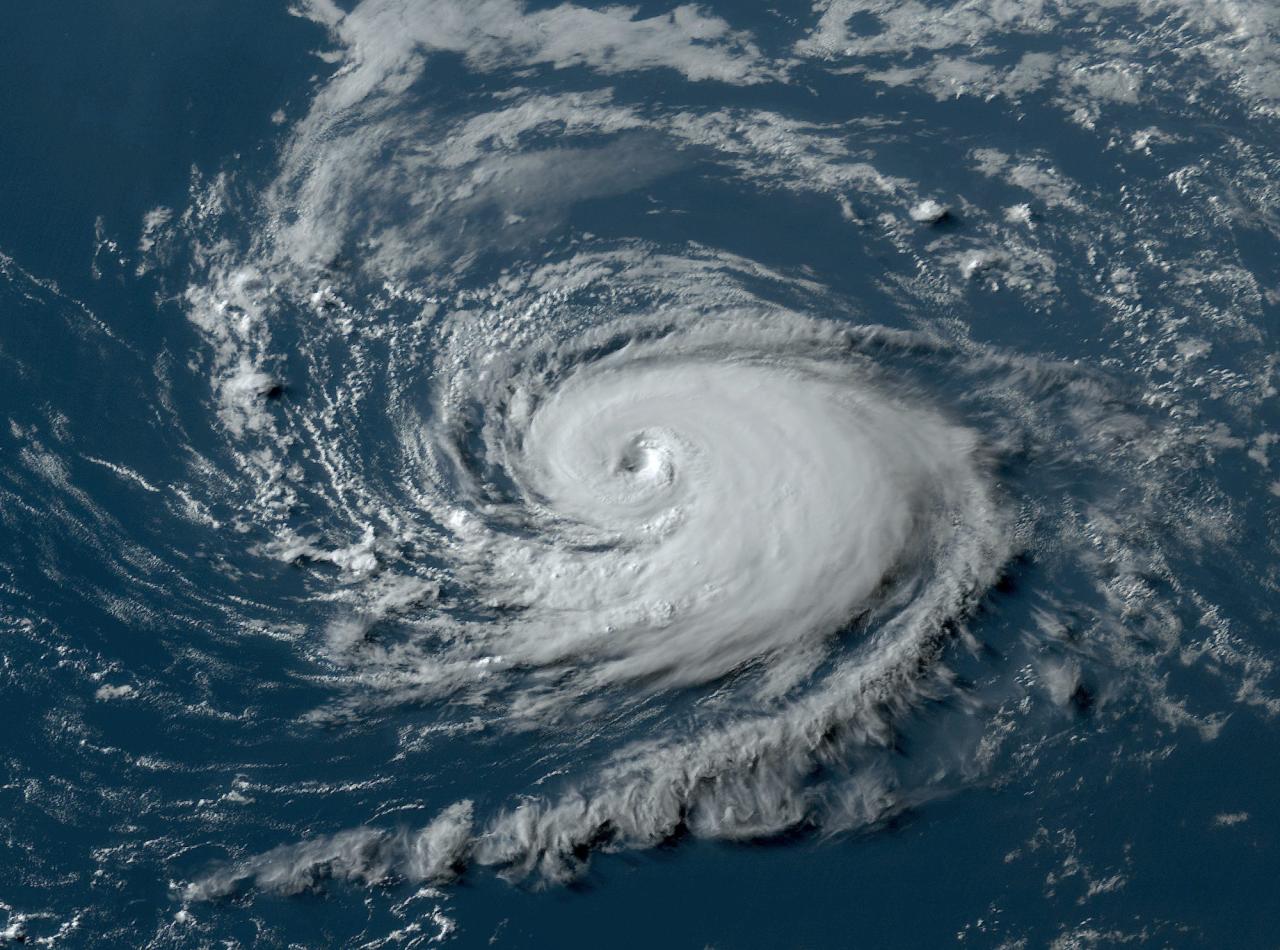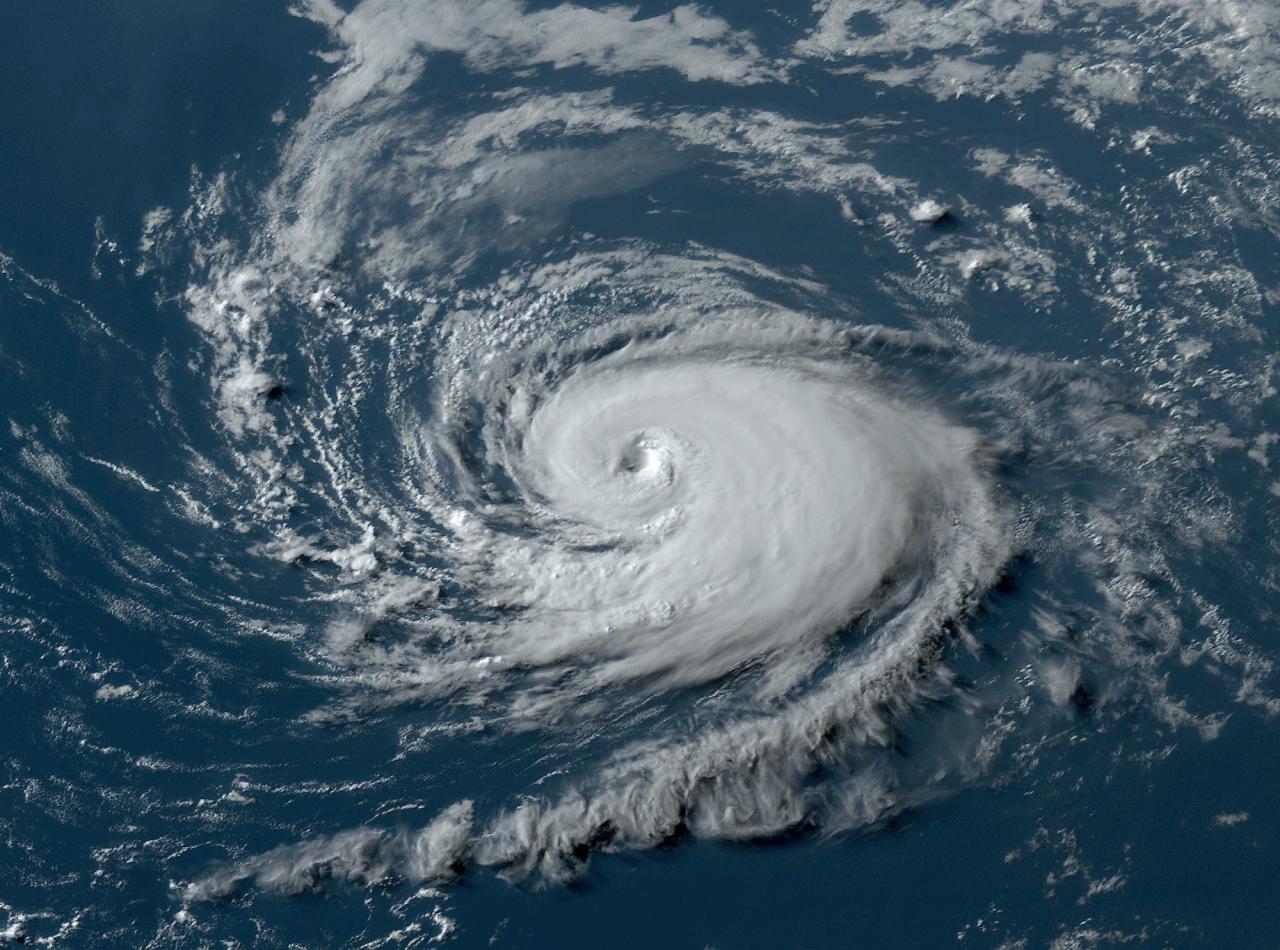NOAA Hurricane: a comprehensive guide to understanding hurricane formation, NOAA’s role in monitoring and prediction, and strategies for preparedness and mitigation. This guide delves into the science behind these powerful storms, the cutting-edge technologies used to track them, and the crucial steps communities can take to stay safe.
Hurricanes, with their immense power and destructive force, pose a significant threat to coastal communities worldwide. Understanding their formation, behavior, and the measures we can take to mitigate their impact is essential for safeguarding lives and property.
Hurricane Formation and Impact

Hurricanes are among the most powerful and destructive forces of nature. They form over warm ocean waters and can cause catastrophic damage when they make landfall.
The process of hurricane formation begins with warm ocean waters. The ocean’s surface must be at least 80 degrees Fahrenheit for a hurricane to form. Warm water provides the energy that drives the hurricane’s winds.
In addition to warm water, hurricanes also require wind patterns that allow them to rotate. These winds are called trade winds. Trade winds blow from east to west and help to create the Coriolis effect. The Coriolis effect is a force that causes objects moving in the Northern Hemisphere to deflect to the right.
The Coriolis effect helps to create the hurricane’s characteristic spiral shape. As the hurricane rotates, it draws in more warm water and wind, which further intensifies the storm.
Devastating Hurricanes
Hurricanes can cause catastrophic damage when they make landfall. Some of the most devastating hurricanes in history include:
- The Great Galveston Hurricane of 1900 killed an estimated 8,000 to 12,000 people and destroyed much of the city of Galveston, Texas.
- The Okeechobee Hurricane of 1928 killed an estimated 2,500 people and caused widespread flooding in Florida.
- Hurricane Katrina of 2005 killed an estimated 1,833 people and caused an estimated $160 billion in damage in the United States.
- Hurricane Sandy of 2012 killed an estimated 285 people and caused an estimated $75 billion in damage in the United States.
Saffir-Simpson Hurricane Wind Scale
The Saffir-Simpson Hurricane Wind Scale is a measure of the intensity of hurricanes. The scale is based on the hurricane’s maximum sustained wind speed. The scale ranges from 1 to 5, with 5 being the most intense.
| Category | Maximum Sustained Wind Speed (mph) | Potential Damage |
|---|---|---|
| 1 | 74-95 | Minimal |
| 2 | 96-110 | Moderate |
| 3 | 111-129 | Extensive |
| 4 | 130-156 | Extreme |
| 5 | 157+ | Catastrophic |
NOAA’s Role in Hurricane Monitoring and Prediction
NOAA plays a crucial role in hurricane monitoring and prediction through its National Hurricane Center (NHC). The NHC is responsible for tracking and forecasting hurricanes in the Atlantic and Eastern Pacific Oceans. It issues hurricane warnings and advisories to inform the public and emergency responders about the potential impact of these storms.
Weather Satellites and Aircraft Reconnaissance
NOAA uses a variety of technologies to monitor hurricanes, including weather satellites and aircraft reconnaissance. Weather satellites provide real-time images of hurricanes, which help forecasters track their movement and intensity. Aircraft reconnaissance missions are flown into hurricanes to collect data on their wind speed, pressure, and structure.
This information is essential for improving hurricane forecasts.
Timely and Accurate Hurricane Warnings
Timely and accurate hurricane warnings are critical for public safety. They allow people to evacuate from threatened areas and take other precautions to protect themselves and their property. The NHC issues hurricane warnings when there is a threat of sustained winds of 74 mph or higher within 36 hours.
These warnings are updated every six hours and provide information on the hurricane’s location, intensity, and expected track.
Hurricane Preparedness and Mitigation Strategies
Hurricanes pose a significant threat to coastal communities, and it is crucial to implement comprehensive preparedness and mitigation strategies to minimize their impact. These strategies involve a combination of individual, community, and governmental efforts, ranging from evacuation plans to coastal engineering and disaster relief programs.
Individual and Community Preparedness
Individual and community preparedness measures are essential for reducing the risk of hurricane damage and ensuring the safety of residents. These measures include:
- Developing evacuation plans and identifying safe evacuation routes.
- Preparing emergency kits containing essential supplies such as food, water, first aid, and medications.
- Securing loose objects around homes and businesses to prevent damage from wind.
- Educating residents about hurricane hazards and safety precautions.
Coastal Engineering and Infrastructure
Coastal engineering and infrastructure play a vital role in mitigating hurricane damage by reducing the impact of storm surges and high winds. These measures include:
- Building seawalls, levees, and other barriers to protect coastal areas from flooding.
- Elevating buildings and infrastructure to reduce the risk of damage from storm surges.
- Reinforcing bridges and other transportation infrastructure to withstand high winds.
Hurricane Insurance and Disaster Relief Programs, Noaa hurricane
Hurricane insurance and disaster relief programs provide financial support to individuals and communities affected by hurricanes. These programs include:
- Homeowners and renters insurance policies that cover hurricane damage.
- Flood insurance policies that cover damage caused by storm surges.
- Federal disaster relief programs that provide financial assistance to individuals and communities affected by hurricanes.
Last Recap
NOAA Hurricane provides a comprehensive overview of the science, monitoring, and preparedness strategies surrounding these powerful storms. By understanding the forces that drive hurricanes, the technologies used to track them, and the actions we can take to prepare for their impact, we can significantly reduce the risks they pose to our communities.
FAQ Insights: Noaa Hurricane
What is the Saffir-Simpson Hurricane Wind Scale?
The Saffir-Simpson Hurricane Wind Scale is a 1 to 5 rating system that categorizes hurricanes based on their maximum sustained wind speed. It is used to estimate potential property damage and flooding hazards.
What is NOAA’s role in hurricane monitoring?
NOAA’s National Hurricane Center (NHC) is responsible for tracking and forecasting hurricanes in the Atlantic and Eastern Pacific basins. The NHC issues hurricane watches and warnings, provides real-time updates, and conducts research to improve hurricane prediction.
What are some hurricane preparedness measures individuals can take?
Individuals can prepare for hurricanes by developing an evacuation plan, assembling an emergency kit, and staying informed about hurricane forecasts. It is also important to secure loose outdoor items and protect windows and doors.

